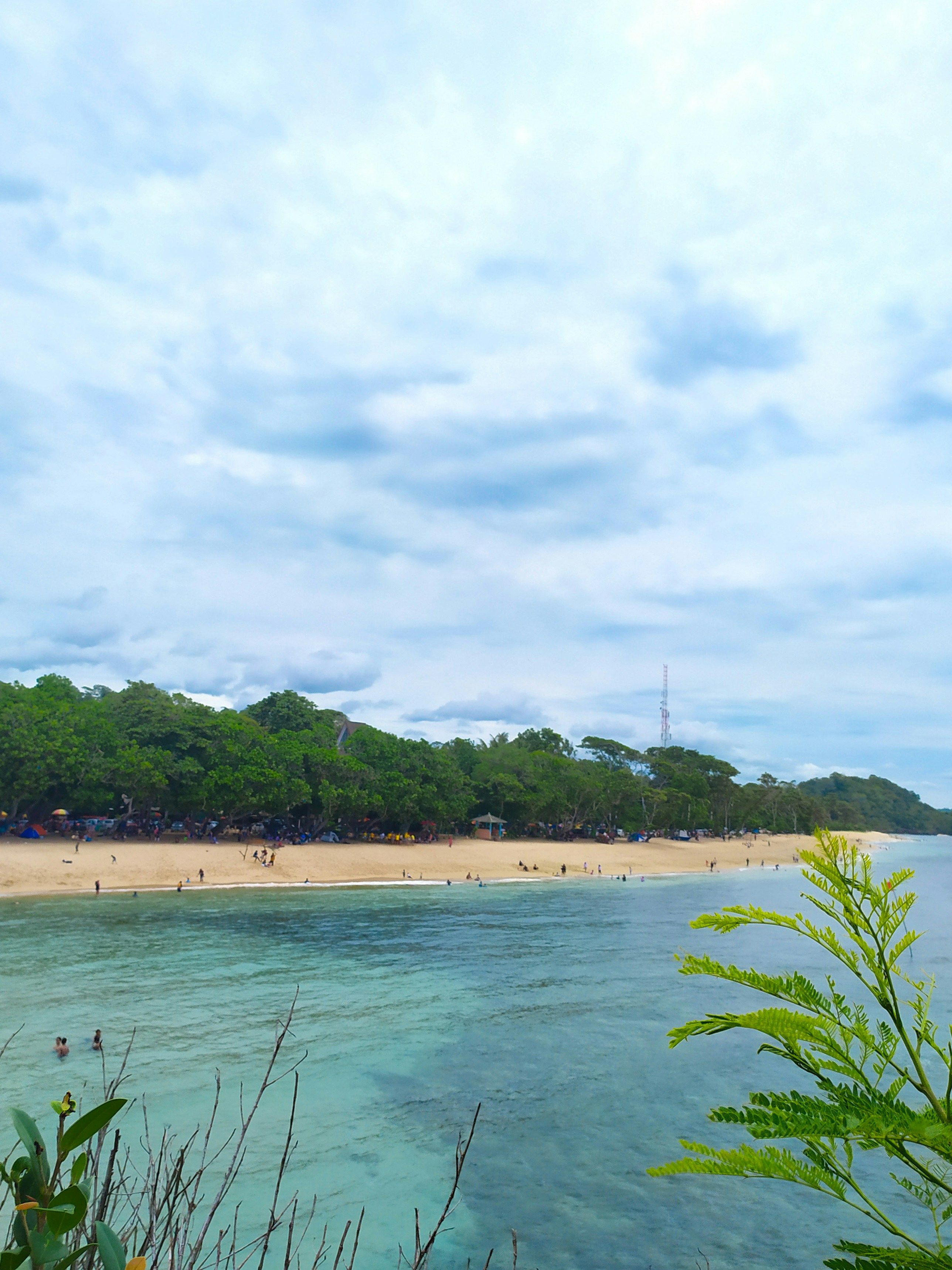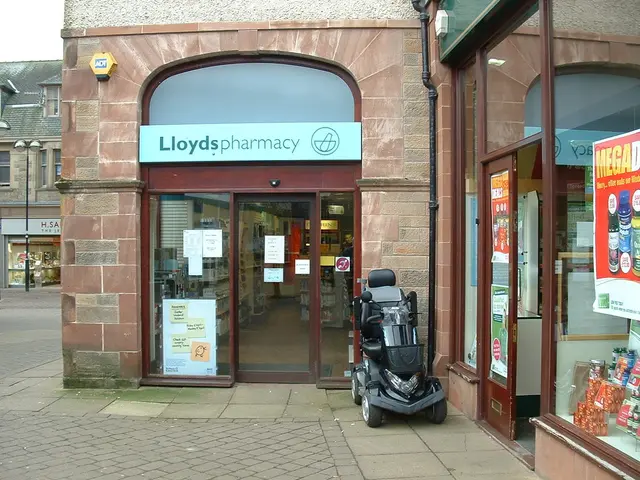Sudden, severe form of rosacea: Underlying factors, signs, and remedies
Rebranded Article:
Hey there! Let's dive into the world of rosacea fulminans, a rare and pretty intense form of skin inflammation that favors the central part of your face - think chin, cheeks, and nose. It's often referred to as pyoderma faciale, and it's known for its sudden onset and aggravated symptoms like flushed, swollen, and painful nodules or pimples that tend to merge.
You might wonder what causes this beast. The exact reason is still up in the air, but a 2020 review hints at links with other conditions like inflammatory bowel disease and even pregnancy. Plus, if you've had some form of rosacea in the past, you might be more susceptible to rosacea fulminans.
Triggers for this nasty skincare situation can be stress, hormonal fluctuations, certain medications, and even specific foods like spicy dishes, alcohol, tomatoes, citrus fruits, aged cheese, processed meats, and hot drinks. However, remember that dietary triggers can vary greatly from person to person, so it's not recommended that everyone with rosacea completely overhaul their diet.
Pics and Symptoms of Rosacea Fulminans
Rosacea fulminans symptoms mostly affect the forehead, nose, cheeks, and chin and can include sudden redness, painful pustules, papules, and nodules that might merge, swelling and inflammation, flushing and blushing, stinging, and burning. Some people might experience ocular symptoms such as dry, burning, or itchy eyes, and light sensitivity. Systemic symptoms like fever and fatigue are rare.
Treatment Options for Rosacea Fulminans
Treatment might involve oral isotretinoin - a prescription acne medication - and corticosteroids, which can be oral or topical. In a 2016 case study, antibiotics combined with corticosteroids and lifestyle changes helped resolve a person's symptoms.
To manage rosacea, healthcare professionals may suggest reducing stress, making certain dietary changes, and using gentle skin care products. Pinpointing and avoiding personal triggers is crucial in managing this condition.
When to Speak with a Doc
It's a good idea to chat with a dermatologist or healthcare provider if you experience symptoms beyond typical rosacea or acne, like large, tender nodules, abscesses, significant facial discomfort, a sudden onset of symptoms, symptoms that persist or worsen despite over-the-counter medications or rosacea therapies, eye irritation or inflammation, or systemic symptoms like fever.
Doing so can help with an accurate diagnosis, quick treatment, and prevention of complications such as scarring and infections. Plus, early intervention can help address any emotional distress, potentially improving your overall quality of life. Home remedies and over-the-counter products might not be enough, so don't hesitate to reach out to a professional for personalized care and comprehensive management strategies.
Enrichment Data:
According to further studies, rosacea fulminans also has possible associations with inflammatory bowel disease, which suggests that both conditions may share underlying inflammatory or immunologic pathways. Additionally, hormonal fluctuations during pregnancy may exacerbate or trigger rosacea fulminans, especially in females who are at higher risk for this aggressive subtype of rosacea.
Other triggers that can cause or worsen rosacea fulminans include stress, specific medications, and environmental or individual sensitivities in addition to dietary factors. A personalized management plan that considers the avoidance of known exacerbating factors is essential in treating rosacea fulminans.
- Although the precise cause of rosacea fulminans remains unclear, some studies suggest links with chronic diseases like inflammatory bowel disease and hormonal fluctuations during pregnancy.
- Recognizing and avoiding personal triggers is crucial in managing rosacea fulminans, as these may include stress, certain medications, specific foods, and environmental factors.
- In addition to professional treatment options such as oral isotretinoin and corticosteroids, managing rosacea fulminans may involve reducing stress, making dietary changes, and using gentle skin care products.
- If you experience symptoms such as large, tender nodules, significant facial discomfort, a sudden onset of symptoms, eye irritation or inflammation, or systemic symptoms like fever, it's recommended to speak with a dermatologist or healthcare provider for an accurate diagnosis and personalized treatment plan.








